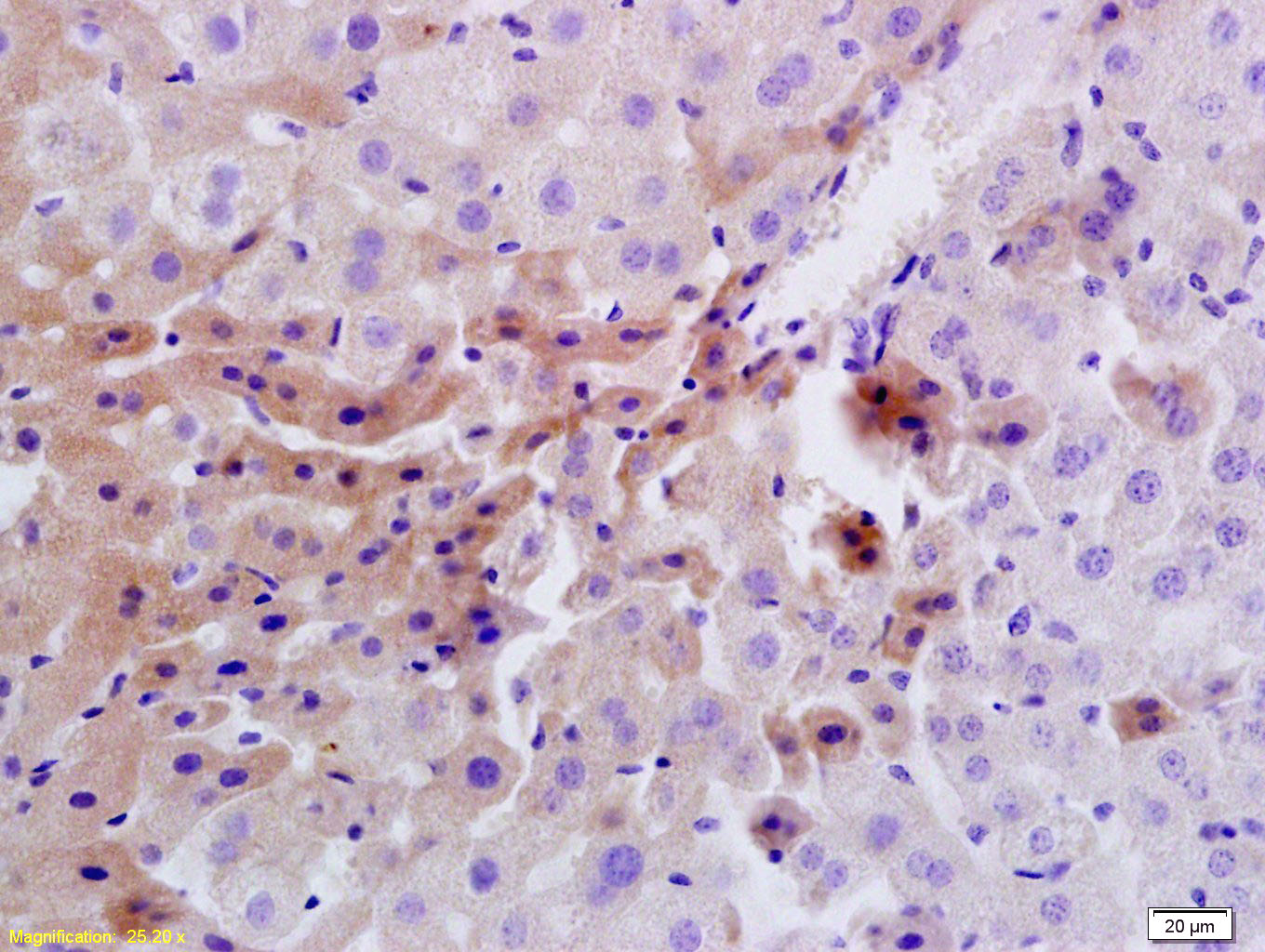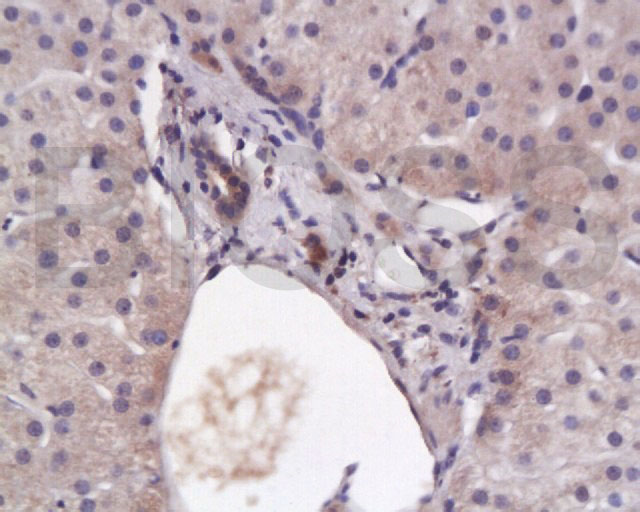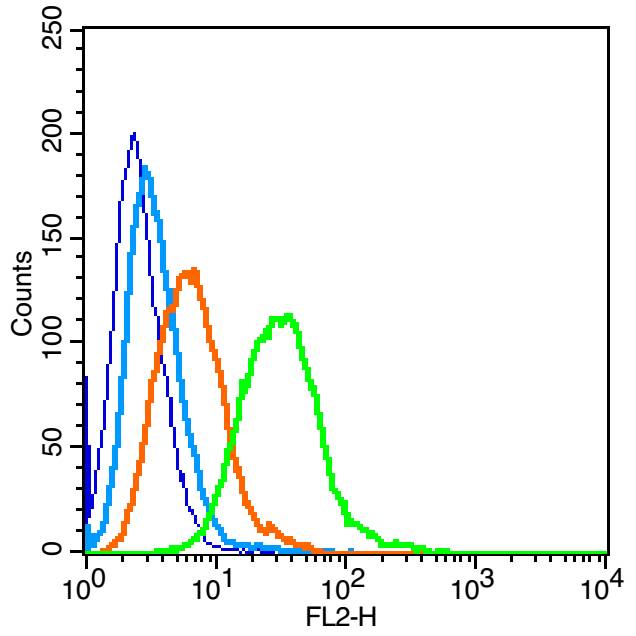sales@bioss.com.cn
techsupport@bioss.com.cn
400-901-9800
Host: Rabbit
Target Protein: Insulin Receptor Rabbit pAb
IR: Immunogen Range:51-150/1384
Clonality: Polyclonal
Isotype: IgG
Entrez Gene: 3643
Swiss Prot: P06213
Source: KLH conjugated synthetic peptide derived from human Insulin Receptor:51-150/1384
Purification: affinity purified by Protein A
Storage: 0.01M TBS (pH7.4) with 1% BSA, 0.02% Proclin300 and 50% Glycerol. Shipped at 4℃. Store at -20℃ for one year. Avoid repeated freeze/thaw cycles.
Background:
The insulin receptor is a heterotetrameric membrane glycoprotein with tyrosine-protein kinase activity, consisting of disulfide-linked subunits in a beta-alpha-alpha-beta configuration. The beta subunit possesses a single transmembrane domain, whereas the alpha subunit is completely extracellular. The alpha chains contribute to the formation of the ligand-binding domain, while the beta chains carry the kinase domain. Binding of insulin to the insulin receptor stimulates its association with downstream mediators including IRS1 and phosphatidylinositol 3'-kinase (PI3K) which leads to glucose uptake. Two transcript variants encoding different isoforms have been found for this gene produced by alternative splicing.
Protein kinases are enzymes that transfer a phosphate group from a phosphate donor, generally the g phosphate of ATP, onto an acceptor amino acid in a substrate protein. By this basic mechanism, protein kinases mediate most of the signal transduction in eukaryotic cells, regulating cellular metabolism, transcription, cell cycle progression, cytoskeletal rearrangement and cell movement, apoptosis, and differentiation. With more than 500 gene products, the protein kinase family is one of the largest families of proteins in eukaryotes. The family has been classified in 8 major groups based on sequence comparison of their tyrosine (PTK) or serine/threonine (STK) kinase catalytic domains. The tyrosine kinase (TK) group is mainly involved in the regulation of cell-cell interactions such as differentiation, adhesion, motility and death. There are currently about 90 TK genes sequenced, 58 are of receptor protein TK (e.g. EGFR, EPH, FGFR, PDGFR, TRK, and VEGFR families), and 32 of cytosolic TK (e.g. ABL, FAK, JAK, and SRC families).
Size: 100ul
Concentration: 1mg/ml
Applications: WB=1:500-2000,IHC-P=1:100-500,IHC-F=1:100-500,IF=1:100-500,Flow-Cyt=1ug/Test
Cross Reactive Species: Human,Mouse,Rat (predicted: Rabbit,Sheep,Cow,Chicken,Dog,Horse)
For research use only. Not intended for diagnostic or therapeutic use.




